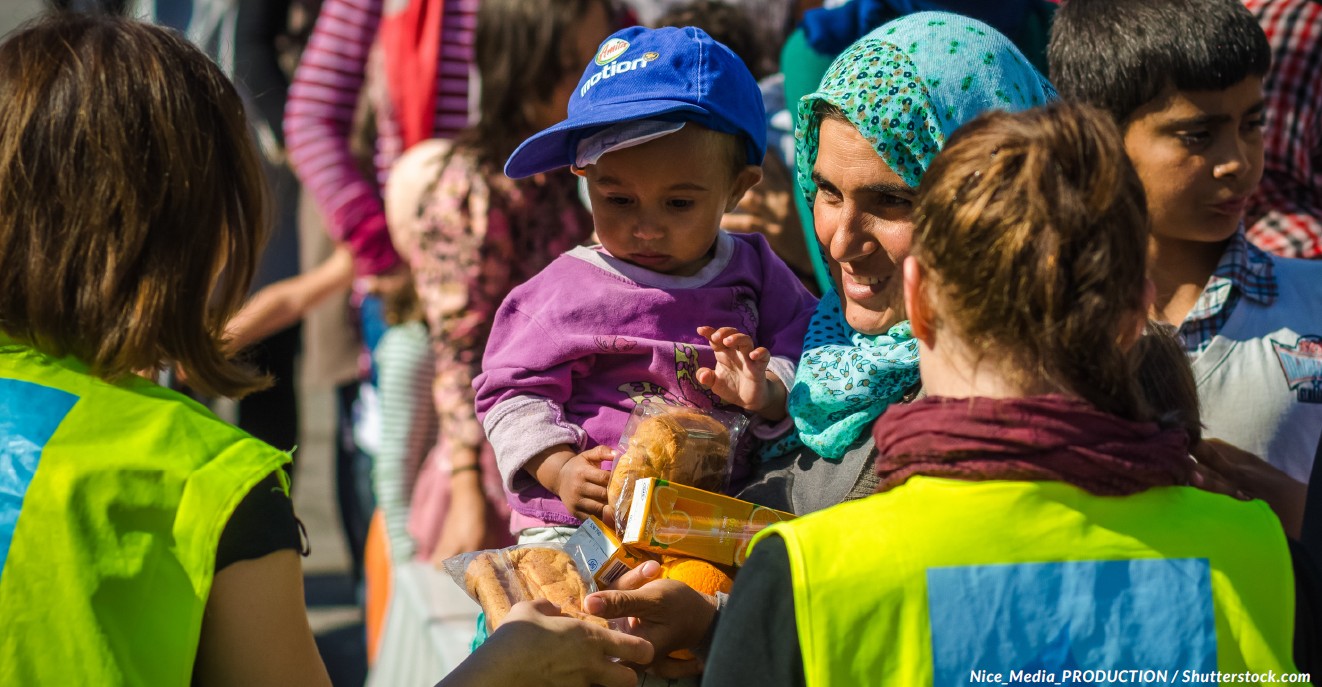The Invisible Victims of the Iran-Israel Ceasefire
As the global community observes the unfolding developments in the Iran-Israel ceasefire, much of the focus remains on diplomatic efforts and military de-escalation. However, a critical aspect of this conflict continues to be overlooked—both in media coverage and humanitarian action. This is the growing number of invisible refugees whose lives are being profoundly impacted by the ongoing crisis.
These civilians, including Palestinians, Syrians, Afghans, Iranians, and Kurds, find themselves trapped in a region where they are often treated as pawns in larger geopolitical games. Many are confined to overcrowded refugee camps or forced to take dangerous migration routes in search of safety. They have no voice in the negotiations that determine their fate, no assurance of returning to their homes, and no access to justice. A ceasefire, while potentially significant, holds little meaning for those who are left with nothing but trauma and barriers.
Recent reports from UN agencies highlight that aid corridors into Gaza and Southern Lebanon remain blocked, even as temperatures rise and water becomes increasingly scarce. This situation raises urgent questions about the effectiveness of international responses. Where is the outrage? Where is the urgency?
It is particularly disheartening to note that in countries like Pakistan, which has long been a vocal advocate for oppressed Muslim communities, the media and state responses remain largely symbolic. Beyond social media hashtags, the plight of refugee children without access to education, identity documents, or basic safety goes largely unnoticed. This lack of attention underscores a broader failure to address the human cost of conflict.
If peace is truly a priority, it must extend beyond borders and beyond the headlines. Diplomatic efforts need to center on the people who are most affected by these conflicts. Refugees are not just numbers on a page; they represent the forgotten human cost of power struggles and ambitions.
The situation demands a more comprehensive and empathetic approach. International organizations, governments, and civil society must work together to ensure that the needs of these vulnerable populations are addressed. This includes providing safe passage for aid, supporting the establishment of temporary shelters, and ensuring access to essential services such as healthcare and education.
Moreover, there is a pressing need for greater awareness and advocacy. Media outlets should prioritize stories that highlight the experiences of refugees and the challenges they face. Public figures and influencers can play a role in amplifying these voices and pushing for meaningful change.
In conclusion, the Iran-Israel ceasefire, while important, cannot be viewed in isolation. It is part of a larger narrative that involves countless individuals whose lives are shaped by the decisions of others. The international community must recognize that true peace requires more than just ending hostilities—it requires addressing the root causes of displacement and ensuring that no one is left behind.







